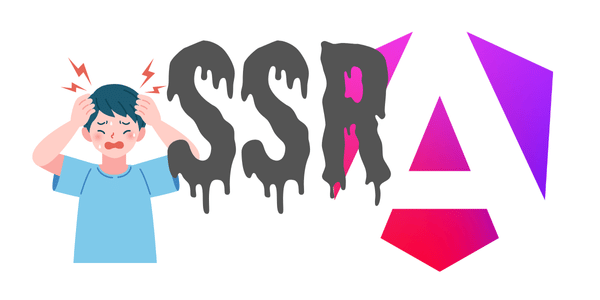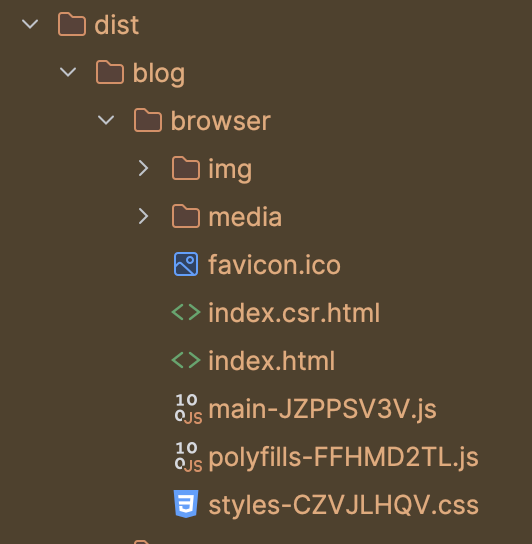Disable SSR in an Angular project
You started a new project in Angular with Server-side Rendering because: "it's cool."
After a few iterations, you notice that there are multiple issues and there are not really benefits using SSR for your use case.

How to disable Angular SSR
In your `angular.json build->options you have something like:
"server": "src/main.server.ts",
"outputMode": "server",
"ssr": {
"entry": "src/server.ts"
}
You have to set ssr and predendered to false,outputMode` to be set on static:
"server": "src/main.server.ts",
"outputMode": "static",
"ssr": false,
"prerender": false
After this change when you run ng build (for production) you will find your application in the browser folder again:

Is SSR really necessary?
In most of the uses cases in which we use Angular Server-Side Rendering is not necessary, it adds a lot of complexity without bringing many benefits.
To deploy SSR we need a NodeJs server, in case we are developing the backend with Java, it adds an extra layer.
The server needs to know all the path to pre-render the pages. When the website has some dynamic feature, this adds a lot of work to list all the possible parameters.
A possible use case
I think SSR could be useful if we have a lot of existing Angular components and we want to build a static website using the same design and components.
